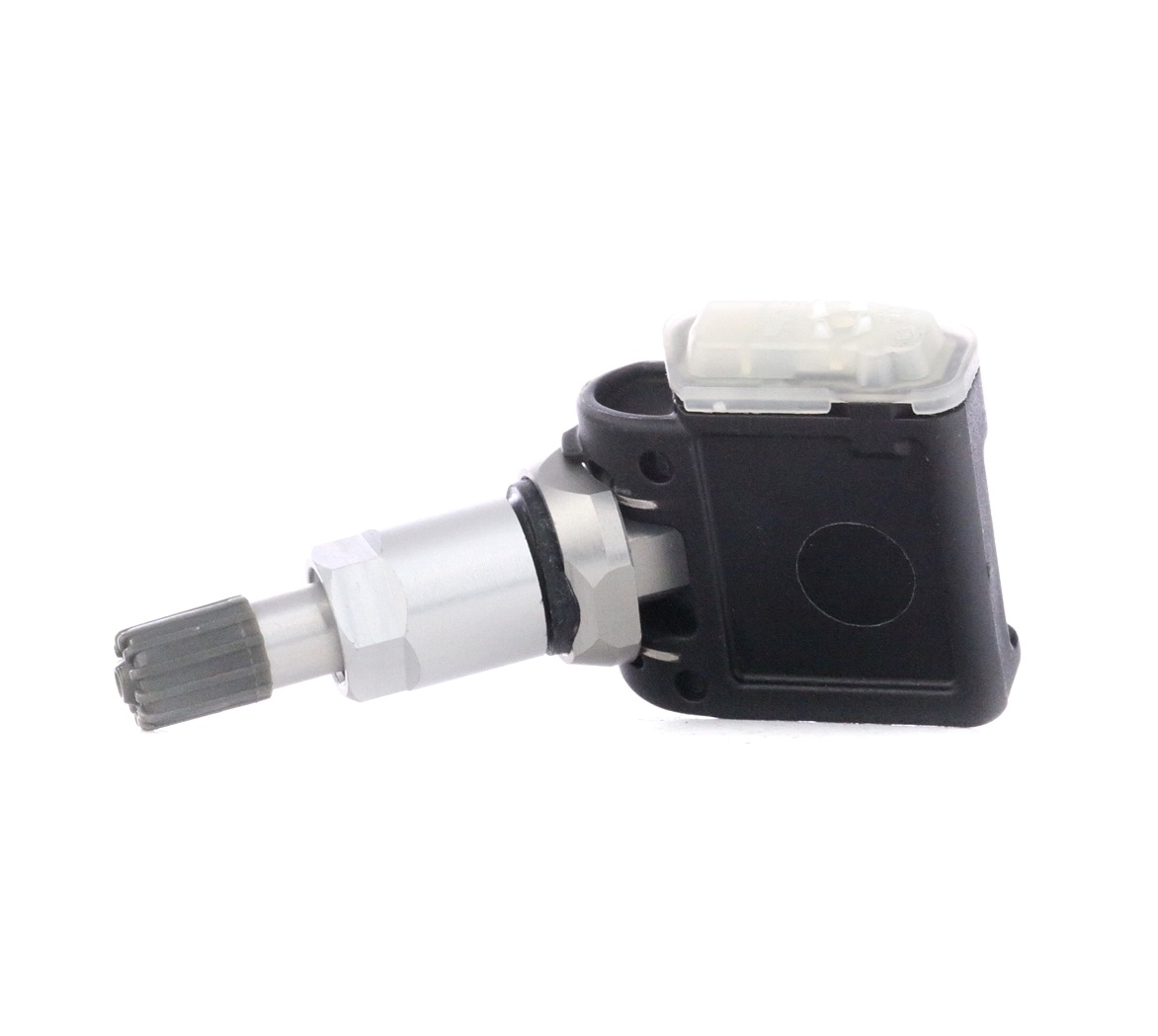Problems with the Mercedes C300
Reliability Mercedes C300: common problems, issues symptoms and faults
- Excessive noise in the 4MATIC system: can occur as early as 50-70,000 km.
- Oil leaks in the 4MATIC system: Often noticeable from 60-80,000 km.
- Excessive vibrations: Often occur after 80-100,000 km.
- Defective modules and sensors: Can occur from 70-90,000 km.
Mercedes C300: Problems with the 4MATIC system

Mercedes C300: faults with excessive noise in the 4MATIC system
The problem of excessive noise in the 4MATIC system of the Mercedes C300 is a common complaint among owners of this model. This noise can come from various components of the system, such as the transmission or transfer case. Causes of this can be worn gears, low fluid levels, contaminated fluids, or defective seals that allow air to escape.
This problem can be identified and remedied by a thorough diagnosis from an experienced Mercedes-Benz mechanic or an authorised Mercedes-Benz workshop. It is important to provide all relevant information about the problem to enable a quick and accurate diagnosis. During the inspection, the transmission and transfer case fluids should be checked and replaced if necessary.
Mercedes C300: issues with oil leaks in the 4MATIC system
Oil leaks in the 4MATIC system of the Mercedes C300 are another common weakness. These leaks can be caused by defective seals, worn parts or faulty assembly. The inspection should focus on the transfer case and transmission, as this is where most leaks occur.
Once a leak is noticed, it is advisable to take the car to a workshop as soon as possible to identify the source of the leak and carry out any necessary repairs or part replacements. An unrepaired leak can lead to further mechanical damage and shorten the lifespan of the system.
Mercedes C300: common problems with excessive vibrations
Excessive vibrations while driving are an indicator that something in the 4MATIC system is not working correctly. These vibrations can be caused by worn flex discs on the drive shaft, which can be damaged by intensive use over time. If these discs become cracked, this can cause significant oscillation and vibration while driving.
To solve this issue, it is best to consult a professional Mercedes-Benz mechanic to inspect and replace the worn discs. Ignoring this problem can have a negative impact on the drive shaft centre bearings, differential, and transmission assembly.
Mercedes C300: Defective modules and sensors
The 4MATIC system on the Mercedes C300 depends on several electronic modules and sensors to function correctly. If these components become defective, the system may react unpredictably or even fail completely. Common causes of sensor and module problems include cable damage, damaged parts, corroded components or dirty parts.
This problem can be solved by a certified technician replacing defective parts with new, original components from an official Mercedes-Benz dealer. However, if the problem is only caused by minor corrosion or dirt, a thorough cleaning of the affected components may be sufficient.
Mercedes C300: anti-lock braking system (ABS) failure issues
The Mercedes C300's ABS system can fail prematurely, especially on pre-2012 models. This failure is often caused by a dirty brake fluid system. A regular fluid change every two years can help prevent this problem.

Squealing Mercedes C300 brakes: typical malfunctions
The Mercedes C300's braking system is usually excellent, but there are reports that the brakes begin to squeal over their lifespan. This occurs because the brake discs are deformed by the size and material of the brake pads. Therefore, the brake discs often need to be replaced at the same time as the brake pads, especially on models before 2012.
Mercedes C300: oil leak problems at the cylinder heads
Oil leaks at the cylinder heads of the Mercedes C300 are another problem that occurs particularly in models between 2008 and 2012. These leaks are often misdiagnosed as leaks in the valve covers, but the real problem lies in the plastic expansion plugs. These plugs need to be replaced every 60,000 miles to prevent the problem.
Mercedes C300 and cracks in the drive shaft: what's behind it?
Vibrations transmitted through the centre console of the vehicle can be caused by cracks in the flex discs of the drive shaft. This problem must be fixed immediately to avoid damage to the transmission assembly, especially on pre-2012 models.
Additional common faults Mercedes C300
Based on the reviews of Mercedes C300 drivers, we present an overview of additional possible issues:
- Wiper malfunctions: These occur frequently, especially in rainy conditions, and can be remedied by buying Bosch wipers or replacing the wiper motors.
- Weak spots in the sun visor: These can cause the sun visor to slip out of its guide, especially with daily use.
- Problems with piston wear: Occur in some US models, especially with high mileage, but have been fixed in newer models.
- Defective lambda probes: Can lead to complications after just 60-80,000 km.
- Problems with the air conditioning system: these can occur as early as 40-60,000 km, often caused by leaks or compressor failures.
- Malfunctions of the electric windows: these usually occur after 70-90,000 km, especially in the rear doors.
- Leaking water cooler: often occurs after 80-100,000 km, especially in older models.
- Central locking failure: can occur as early as 50-70,000 km, often due to defective door locks or control units.
Conclusion
Regular maintenance and servicing of the Mercedes C300 are crucial to detecting and correcting many of the above weaknesses at an early stage. By being aware of these potential problems, Mercedes C300 owners can ensure that their vehicle performs optimally and delivers the best possible performance for years to come. Regular care and replacement of parts in accordance with the manufacturer's specifications can avoid expensive repairs and extend the life of the vehicle.






















